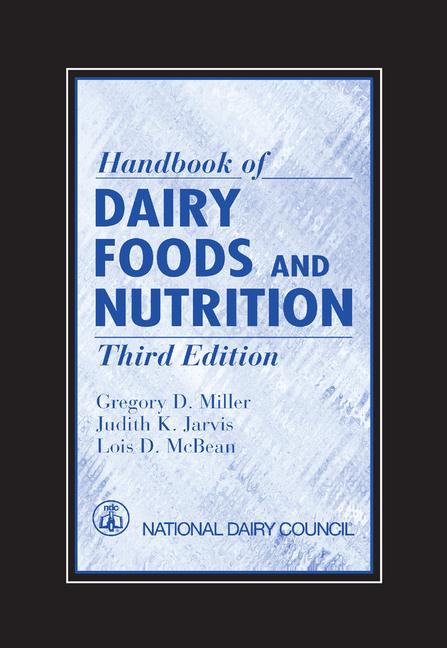Fortifying foods with vitamins, minerals

Lately, vitamin and mineral fortification has nabbed news headlines, featuring both peer-reviewed research and scientists’ opinions. Consider these recent headlines: “Fortified Foods Make Up for Some Missing Nutrients,” “Fortified Foods May Pose Risks for Kids” and “Use Caution with Fortified Foods.”
Research recently published in the Journal of the Academy of Nutrition and Dietetics indicates that fortification reduced the percentage of children and adolescents with inadequate intakes of many, but not all, micronutrients — without resulting in excessive intakes.
In an opposing view, the Environmental Working Group reports that young children are at risk of consuming too much vitamin A, zinc and niacin. It states online: “Because of flawed government policies and food producers who fortify foods with extra nutrients in the hope of boosting sales, many American children today are getting excessive amounts of certain nutrients.”
In a contentious environment such as this, what is a food processor to do? A new article, “Fortification: New Findings and Implications,” published in Nutrition Reviews, offers science-based recommendations for “rational” fortification. The lead author, Johanna Dwyer, is a professor of medicine with Tufts Schools of Medicine and Nutrition and a senior nutrition consultant to the National Institutes of Health Office of Dietary Supplements. We chatted by e-mail about the subject.
Karen Giles-Smith: What are your recommendations for food processors regarding responsible fortification?
Johanna Dwyer: Responsible fortification begins with a demonstration of public health need for additional nutrients to be added to the food supply. This need should be based on clinical measures, not on measures of dietary intake alone.
Next, it’s necessary to assess the technical feasibility of the fortification, which includes choosing a food “vehicle” that is commonly eaten by the target group, and to make sure that the fortificant [the nutrient(s) to be added] is stable, acceptable and bioavailable.
Third, the possibility of unintended consequences must be explored. It’s important to ensure that the fortification effort will not cause an imbalance of essential nutrients and will not lead to excessive nutrient intakes. Also, one must consider the possibility that the added nutrient(s) might interact with other substances consumed by people, including medications.
The addition of vitamin D to foods, for example, is especially complicated. Sunlight exposure affects one’s vitamin D status. Furthermore, vitamin D status cannot be assessed by using dietary intake measures. There are no comprehensive food composition tables of the vitamin D (in all its bioavailable forms) in food.
KS: What issues should food processors consider when fortifying foods and beverages?
JD: Bioavailability is a major issue. Fortunately, fortificants such as calcium-citrate-malate are highly bioavailable. Optimal absorption is also important. For fortification with both vitamin D and calcium, the first question to ask is what the food vehicle will be and whether individuals at high risk eat enough of the food so that intakes of these nutrients will be increased enough to make a nutritional difference.
Then it would be important to learn whether adding more calcium or more vitamin D would increase calcium absorption in people. The addition might not increase calcium absorption if baseline levels of calcium in the population are already adequate. There are also questions of the food’s acceptability. Would adding more calcium, for example, make the product grainy or chalky tasting? Of course, there are cost issues as well.
KS: Is there anything else about fortification that’s important for readers to know?
JD: Food fortification is a public health strategy that, when used responsibly, has public health benefits. The effort needs to be continually monitored since, as food habits in the population change over time, so too may the need for fortification.
America lacks vitamins
- Based on various analyses of NHANES 2003-2008 data, approximately 70% to 94% of the population was below the estimated average requirements (EAR) for vitamin D, and between 38% and almost 50% of the population was below the EAR for calcium.
- A recent population-based survey found that the percentage of individuals in the U.S. exceeding the tolerable upper intake level for most nutrients, including food and supplements, was relatively small.
- Vitamin and mineral premixes formulated to the specifications of the food manufacturer are available from reputable sources at reasonable costs.
Source: Nutrition Reviews, 2014, 72(2):127-141
Looking for a reprint of this article?
From high-res PDFs to custom plaques, order your copy today!









